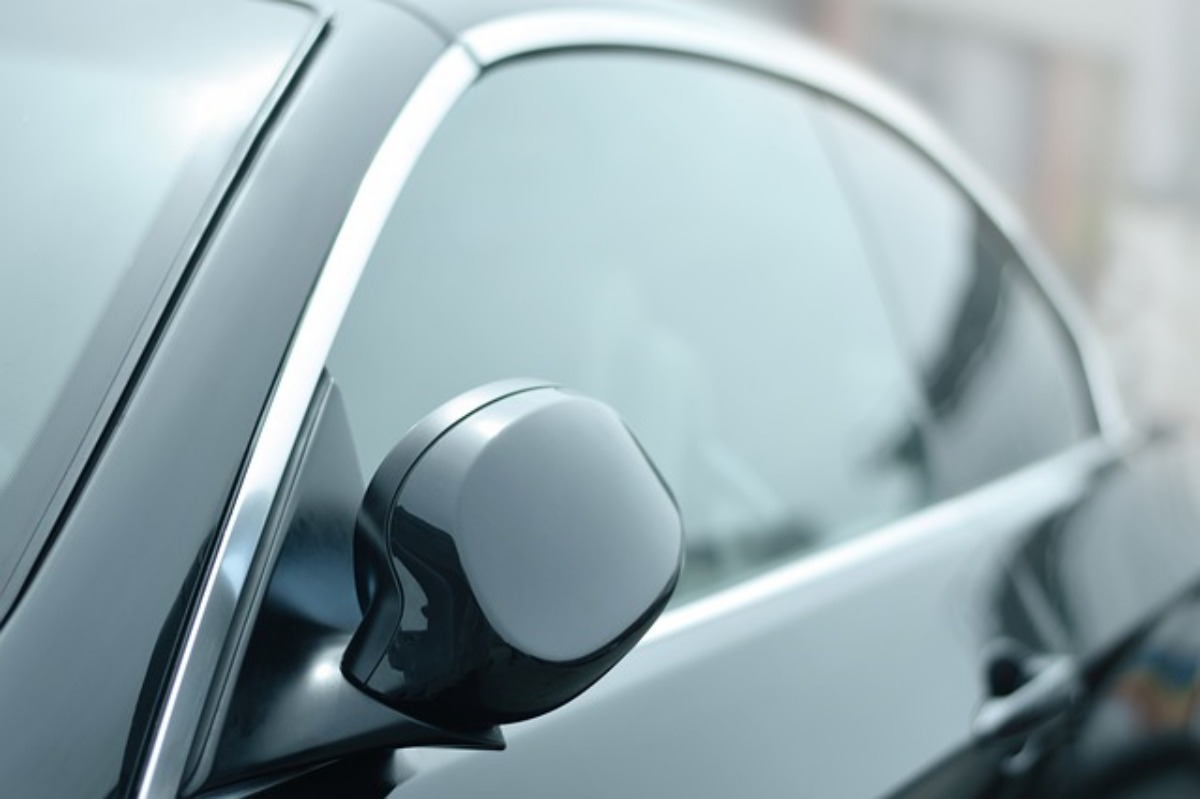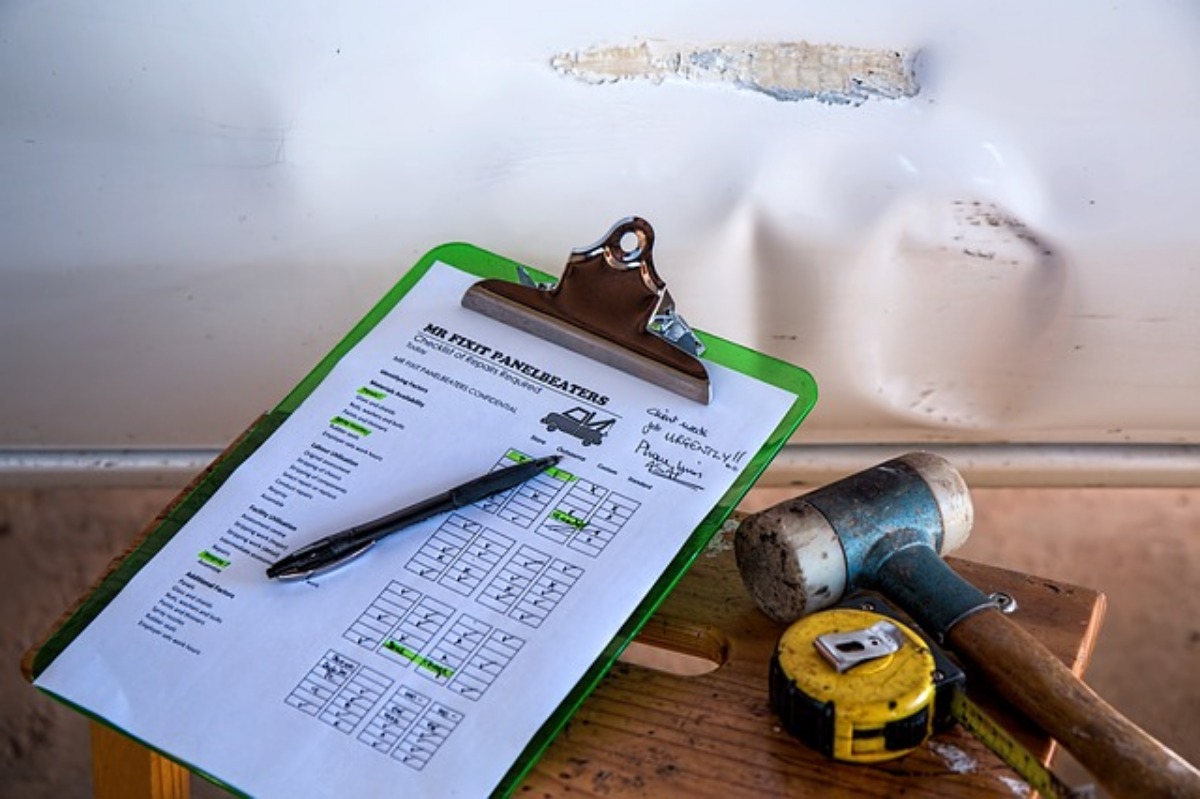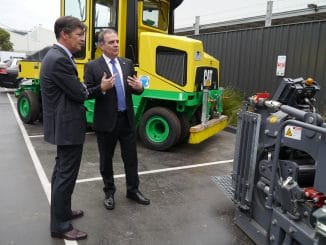 In the old days of the horseless carriage, one of the first names of automobiles, the windshield or automotive glass was more of a luxury item than a regulated one. Only those manufacturers who wished to present something more prestigious used to incorporate glass in their automobiles.
In the old days of the horseless carriage, one of the first names of automobiles, the windshield or automotive glass was more of a luxury item than a regulated one. Only those manufacturers who wished to present something more prestigious used to incorporate glass in their automobiles.
Therefore, the wider segment of drivers didn’t really have windshields early on. It was normal to see models that were presented with windshields and glass windows as an extra add-on to be paid for. It was traditional glass which was made of silicon dioxide, typically thin and fragile.
A French multi-talented chemist named Edouard Benedictus had a eureka moment when he accidentally dropped a flask and hear it shatter to only see that the glass shattered completely yet maintained its original form.
He was later informed the flask contained a liquid plastic film that coated its insides. This led the French inventory to design laminated glass that revolutionized the whole industry of glassmaking; the first use of laminated glass was incorporating it in gas masks in the first World War.
Commercial Use
Henry Ford was the first industry leader to make it the standard of glass used in all Ford’s vehicles starting from 1919. It didn’t take much time for the US government to regulate using laminated glass in vehicles as the legal standard.
The traditional glass was very dangerous as any accident can cause it to shatter and lethally damage those who are in the car. The concept of laminated glass was based on combining two glass layers with a thin polyvinyl butyral in-between which helped make it more shock-absorbent and flexible to handle impacts and temperature.
Tempered Glass
The transition from laminated glass to tempered glass on the side and back windows of the car was on-going in the 1930s. Tempered glass is created by using a cycle of heating and cooling that affects the external and internal chemical properties of the glass.
When tempered glass is shattered, the tension in the interior and compression on the exterior of the glass causes the glass to crumble into harmless chunks. While tempered glass is more expensive than traditional glass, it’s still not that expensive as the square foot costs $25 on average.
Tempered glass became so popular that it’s being used in countless industries, from tables to bulletproof glass, it has left a mark that changed the world.
Regulations and Experts
The National Highway Traffic Safety Administration was later founded in the 1970s to ensure that safety regulations become the standard in the automobile design and manufacturing industry. This marked the beginning of specific professions related to numerous aspects of auto functions to ensure that it follows all the standards and regulations on automobiles.
Experts who know how to repair, replace and test tempered glass became of paramount value as auto glass is one of the vital safety features in cars. From windscreen wiper blades to recalibrating the vehicle’s safety system, professional automobile glass technicians can handle it all wrapped with a lifetime guarantee.

Here are the facts about auto glass technicians you should know:
1. Educational Background
While there are no set-in-stone rules that define if someone can be employed to be an auto technician or not, most employers prefer those with at least a highschool diploma. The diploma is only a bare minimum as they believe experience in equipment installation, machine wiring, and other technical aspects are important.
Preferably, any technician should be able to clearly understand and convey messages to customers easily and with clarity. Auto employers appreciate formal and practical training programs provided by major schools, specifically programs like collision repair taken in high school, technical schools, or community colleges. A lot of auto body technicians have a strong background in mathematics, physics, and even electronics.
2. Installation of Glass
Most installations of the vehicle’s glass occur in manufacturing facilities and factories. Glass technicians use very specific pieces of glass that are pre-cut into the exact dimensions of the windows. The glass is then moved by the technician by using suction cups and is placed carefully in the designated area in the vehicle.
Since the glass can’t be left loose, technicians use different techniques like molding, clipping, or gluing to make sure that the tempered glass is affixed in window rails. Technicians who install glass are usually more experienced and have been in the field for some time. A lot of employers require installers to have certificates in automotive glass installation and repair or the aforementioned collision repair.

3. Pressure from Insurance Companies
A good percentage of glass technicians spend the bulk of their time repairing damaged and cracked windshields and windows. Whether it’s an auto body shop or a car dealership, the repairing procedure is quite similar. Paperwork is one of the most important tasks that are assigned to glass technicians as insurance companies are usually involved and they’re directly paying money for the repairs.
Certifications are one of the first things insurance companies are interested in since work by uncertified professionals could compromise their reputation. This is why employers are interested in technicians who can communicate properly with customers to make the paperwork process easier.
4. Experience Needed
We’ve mentioned that almost all glass technicians doing auto repairs are certified. The certification is acquired through a series of on-the-job training and classroom education. Technicians can receive their training within 6 to 12 months and become completely qualified to work in the industry as professionals.
They learn how to practically apply their technical or classroom knowledge into installing, repairing, and reconstructing tempered glass bodies. This also facilitates their transition into higher roles as they gradually become experts in the field.
Many programs offer an extensive course about different aspects of auto body repair besides glass-oriented knowledge like reconstructing auto bodies, external features, damage repair, electric components and many other branches of such a huge field.
This prepares technicians to easily rise in the ranks as long as they have the right knowledge and the right mentality to prepare for overlooking different directions of the auto body field.
5. Technicians and the Law
The National Traffic and Motor Vehicle Act declares that it’s illegal for a technician, auto shop, car dealership to return your vehicle to you before ensuring that all the safety procedures installed in the car are fully operational, including glass windows and windshields.
Windshields are official safety devices that an expert automobile glass technician has to ensure that after a repair, reconstruction, or installation has been done, the adhesive used had enough time to be cured to meet performance requirements and regulations instilled by the federal regulations known as Federal Motor Vehicle Safety Standards.
You can easily be fined for driving with a cracked windshield and damaged windows in some countries like Canada as it’s seen as a high-risk flaw in case of an accident. The blunt of the force of the accident can be easily transferred to those who are in the car if the glass isn’t well-connected to the chassis.
6. Technicians Dealing with Adhesive
The process of choosing and applying adhesive is one of the most taxing processes glass technicians have to deal with daily. The standards of the strength of the adhesive are set by the Federal Motor Vehicle Safety Standards to be at least 6 times stronger for cars with built-in passenger airbags.
Sometimes technicians ensure that the adhesive’s seal is strong enough by using specific ovens to heat it to extremely high temperatures. As sometimes the FMVSS may not account for extreme weather or climate incidents that may affect the glass, making it better to even beat the standards to ensure absolute glass safety.
Some technicians go as far as mixing old adhesive with the new one for very specific structural purposes. This requires a lot of expertise and effort; the person doing it is almost always certified to do so. Leaving a very small bit of the old adhesive makes the bonding surface more reactive and structurally sound than putting new adhesive directly.
Leaving a piece of the old adhesive makes fitting in the glass a very meticulous job as the dimension has become quite tricky. Leaving or removing too much can make the bonding surface unstable and potential safety risk.
7. Use of Glass Treatments
The technicians don’t stop at only repairing or installing windshields and window glasses, but they also use specific treatments to ensure that the glass can stand up to the harshest weather conditions. They use chemicals specifically made for the treatment and coating of glass. Heavy rain and snow are extremely taxing on the glass of the car; they may form precipitations that can physically harm the car or even chemically interact overtime to weaken the glass.
Weatherproofing is also one of the important safety treatments as it increases visibility by making dirt and debris less able to stick on the inside and the outside of the window. Weatherproofing is one of the procedures that auto technician can learn about and practice by attending educational workshops and seminars that present the newest techniques and chemicals.
8. Offers Mobile Service
A lot of reputable auto shops and private glass technicians offer mobile service that allows them to quickly repair and replace damaged windshields and car windows. This provides maximum safety as you don’t have to drive a long way to reach a technician while endangering yourself and your car by going through traffic or harsh weather conditions.
Some insurance companies take care of their own clients once they get a call or a report from a policyholder of glass damage by sending them certified auto body and glass technicians to quickly assess the damage, situation, and then repair the glass on the spot. Most mobile technicians work within a company or a big auto shop and drive with special vehicles that allow them to carry the equipment and replacement glass needed for a complete repair.

9. The Salary
This is one of the most crucial pieces of information inquired by the people who are interested in working in the field of glass repair or the auto body field in general. According to the U.S Bureau of Labor Statistics report in 2018, the median annual salary of automobile glass technicians is $34,170. Beginner technicians may start from a much lower salary, as low as $22,480. Depending on experience, certificates, and postsecondary education, the salary can increase over $51,540. It takes only 3-5 years of experience for technicians who started with $27,500 to reach over $34,300. While the salary may seem on the lower end, it’s still a job that demands dedication and helps its workers learn extremely useful information in addition to skills.
10. Personality at Work
While it can look a bit overarching, but based on many online surveys the best personality that suits an auto body technician is the one that favors building and organizing. Work activities that do not involve a lot of paperwork and sitting on a desk are those favored by the personality that’s inclined to work as an auto technician. Practical and direct solutions are favored over strategizing and theorizing.
Straightforward procedures and routines are greatly appreciated by the personality that’s more geared toward making its mark in such field. You can easily tell that the same personality would enjoy working with animals, plants, machinery, inorganic, and organic materials as long as it provides an environment that requires working with one’s own hands. The majority of the job will be outside of an office and it doesn’t involve a lot of teamwork which is favored by those who like to work alone.
The current glass industry has grown in importance and popularity thanks to the innovation provided by manufacturers and regulations regarding safety imposed by governments. Vehicle glass technicians provide a service that can keep you and your car safe. A typical day consists of repairing, treating, coating, replacing, and reconstructing glass.
The job may not look fun for those who are not passionate about using their hands and working whole days out of the office, but to those who enjoy building and organizing, it can be a blast. The car glass field is expecting substantial growth, according to many reports.

